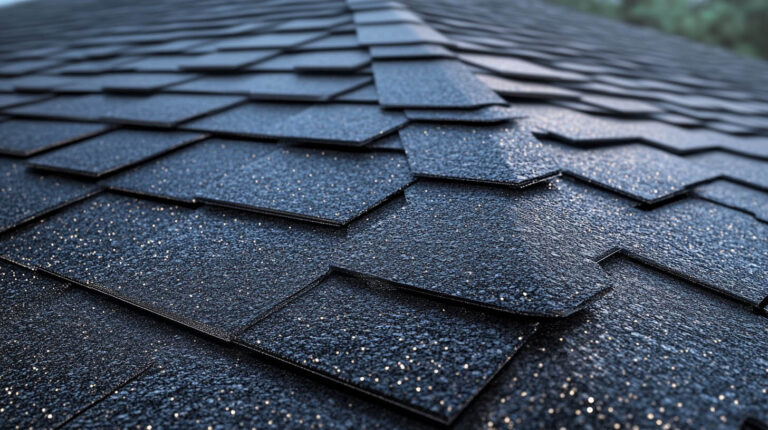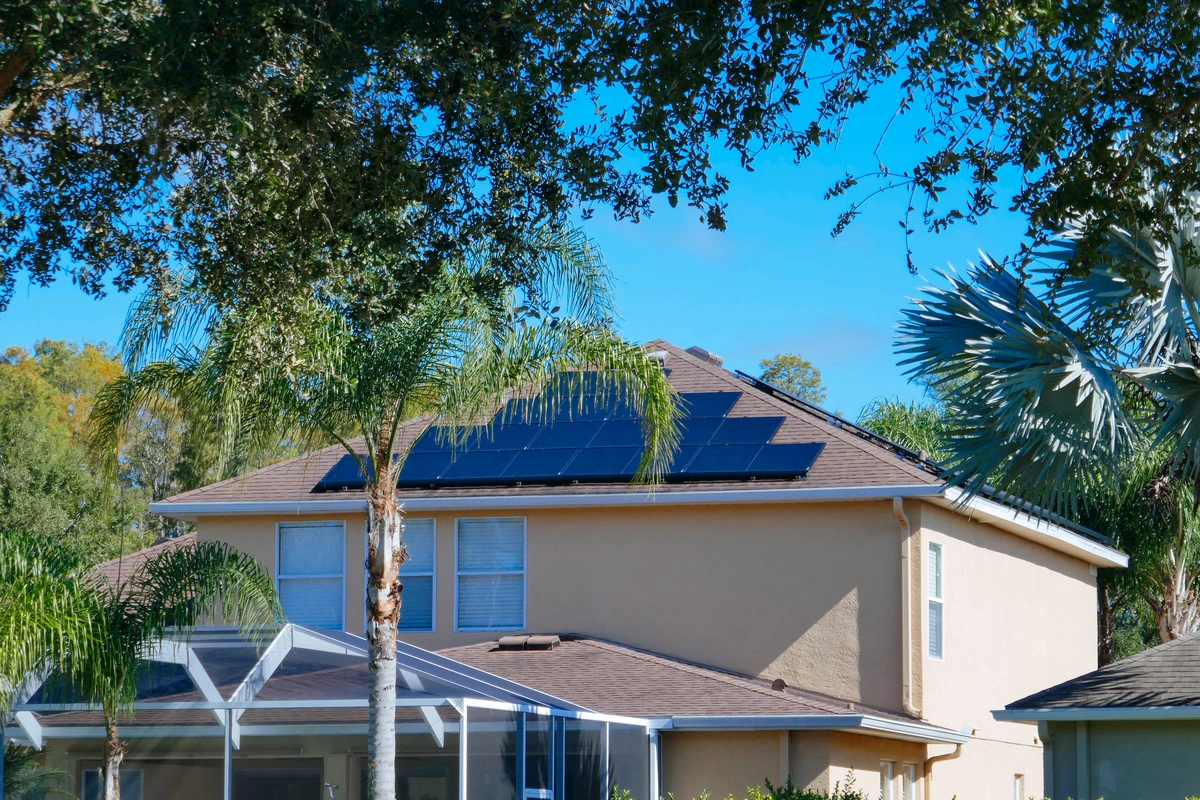
Blog
9 Top Signs of a Roof Leak: How to Identify and What to Do Next
Depending on the materials used, your roof should last between 20 and 50 years. However, a leak could cause the need for roof repairs sooner than expected. Knowing how to spot signs of a roof leak can ensure you act quickly before you need to replace it completely.
Here are nine roof problems that indicate you have a leaky roof. We’ve also provided next steps you can use if these problems sound familiar. Read on to learn more.
1. Staining
One of the main indicators you have a leaky roof is ceiling stains. Check for water stains that spread across your ceilings or down the walls. The stains might appear brown, yellow, or even faint.
While most water spots occur in the center of a room, they could also appear in the corners or along exterior walls.
If you see signs of staining, try to track down the source.
A small leak can build and spread over time. When left unattended, mold could get the chance to grow and spread as well. Other problems that might occur include:
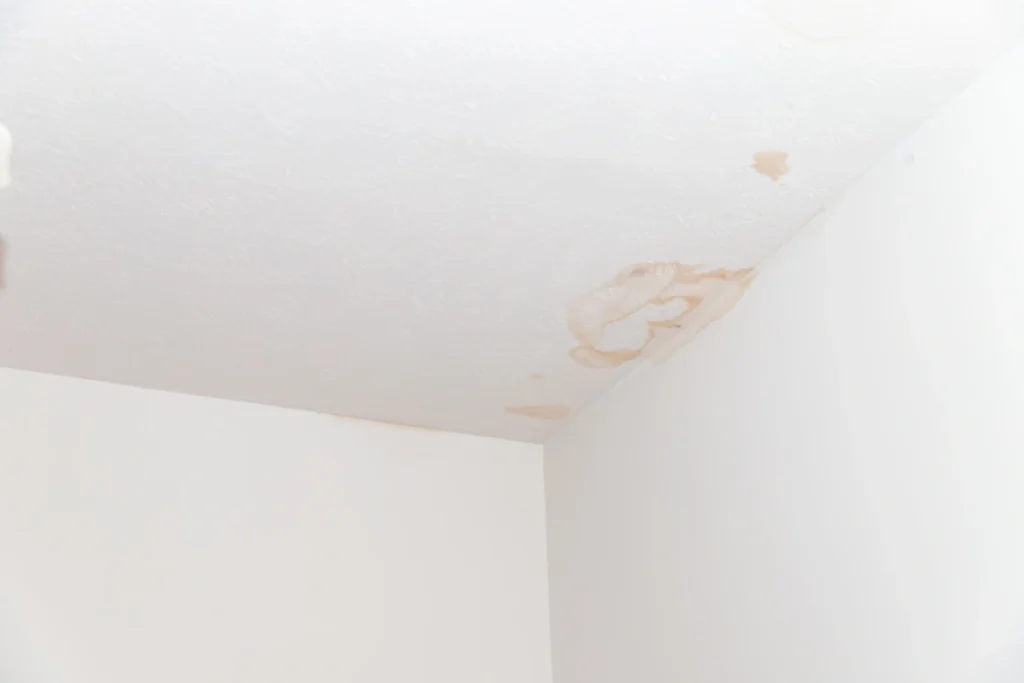
- Damages
- Destroyed insulation
- Rotted framing and sheathing
To catch signs of a leak before it gets the chance to spread, schedule time to complete a walkthrough of your home and attic annually. Look for water streaks as well.
Call a roof repair company as soon as possible if the staining has reached your walls and ceilings. Your professional roof maintenance team will determine the source of the leak. They’ll repair it thoroughly, allowing you to avoid complications and additional damages.
Otherwise, the water will flow across the top of the plaster or sheetrock until it reaches the lowest possible point. As a result, the water could get into light fixtures as the weight of the fixture pulls down the drywall.
Don’t panic. Turn off the fixture to stop the electricity flow. Then, hire a professional to handle repairs on your behalf.
2. Damages
Check your plumbing vent boots (which are often plastic and metal, two-pieced metal units, or solely plastic). Look at the base for any cracks or broken seams.
Check the rubber boot surrounding the pipe as well. If it’s rotted or torn, water can travel along the pipe and into your home. You can purchase a new vent boot to replace the old one.
If you notice damaged shingles on your roof, call a professional roof repair company. Otherwise, a leak could occur.
3. Shiners
Check the underside of your roof for shiners (nails that are missing their framing member). Moisture could escape into your cold attic before condensing around the cold nails.
The next time there’s a chilly night, check your attic. If the nails are frosted, they’ll look white.
During the day, temperatures will rise, causing the frost to melt and drip.
For a quick fix, clip the nail using side-cutting pliers.
4. Mold or Rust
When completing your walkthrough and visual examination of your home, keep an eye out for mold growth. If mold is already growing on an exterior wall, you likely have a leak.
First, use measuring tape to determine how far the mold growth is from a door or a nearby corner. If a downspout is emptying near that wall, or the ground slopes in that area, you’ve likely found the source of the issue.
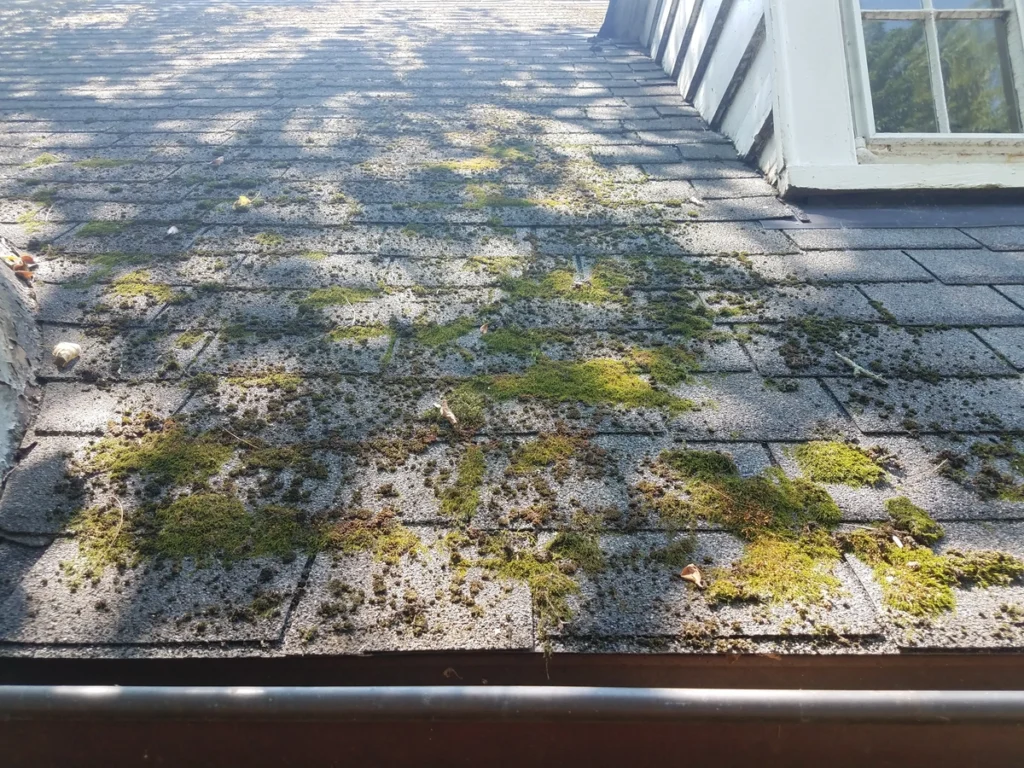
Don’t hesitate to contact a professional roof repair team if mold is growing in or outside your home. You might also have mold growth if you experience symptoms like:
- Dry, scaly skin
- Watery eyes
- Itchy eyes, nose, and throat
- Sneezing
- Running or stuffy nose
- Postnasal drip
- Cough
- Wheezing
- Shortness of breath
- Chest tightness
If you begin experiencing these symptoms, see a doctor and call for roof repair services right away. Consider extra ventilation and moisture protection to avoid the problem in the future.
During your examination, you might notice your gutters have rusted as well. A gutter leak begins with a rusty seam that opens due to expansion and contraction after fluctuating temperatures. You can stop the leak by covering the damaged area using gutter and roof repair tape.
Then, remove the rust using a wire brush. If you notice tar, scrape it away using a putty knife.
Check your brick chimney as well. Flashing around chimneys can rust. You can slip new flashing under the old one for a quick fix.
5. Clogged Soffits
Soffit vents inhale outside air to create airflow (moving warm air in your attic out to the roof vents). As air enters the soffit, it travels through an air chute along the outside of the roof, then into the attack. If your soffits look dirty or become clogged over time, moisture buildup could occur.
Eventually, mold could grow as well.
Look for a company that offers soffit cleaning services to avoid a leak and mold growth.
6. Vent Issues
During your walkthrough, look for cracked housing on your plastic roof vents. Check for broken seams on the metal vents as well.
Don’t caulk the problem, which is only a short-term solution. Instead, check for pulled or missing nails at the vent’s base. Switch them out with rubber-washer screws.
7. Drilled Holes
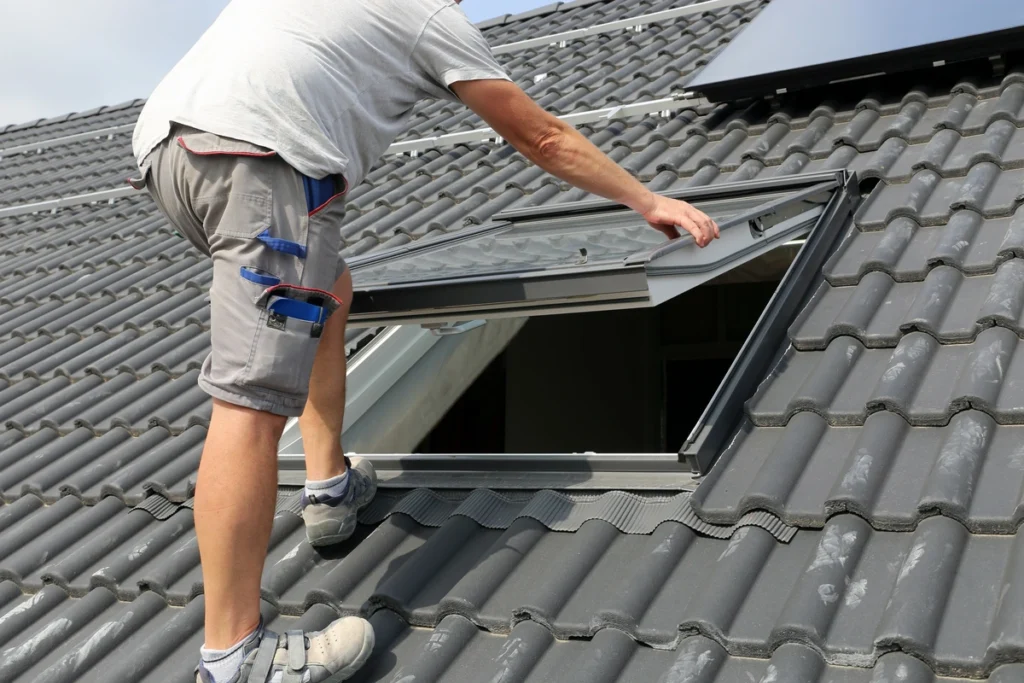
You might have drilled holes into your shingles to place a satellite dish or antenna mounting brackets. Unfortunately, these holes can cause rot or damage over time.
Make sure to pull any misplaced roofing nails before patching the holes. Instead of injecting caulk into the hole, use flashing.
Otherwise, the holes could allow damage and other signs of a leak to hide out of sight.
8. Puddles
Have you noticed puddles of water on your roof? Leaks could sneak inside your home where the puddle is located. Water can especially create puddles if you have a flat roof.
9. Sagging Ridge Lines
Your ridge line might experience wear and tear if there’s a leak. If it starts to sag, request roof repair and replacement services. Otherwise, mold and rot could get a foothold in the rafters or roof ridge.
Developmental issues could occur if you wait too long to look.
Keep an Eye Out for Signs of a Roof Leak
If you notice these signs of a roof leak, don’t wait to ask for help. Instead, contact a roof maintenance company right away. With help, you can avoid complications like rot, mold, and structural issues.
Searching for high-quality and honest roofing services in the Jacksonville area? We’re here to help.
Contact us today to schedule your free inspection.

